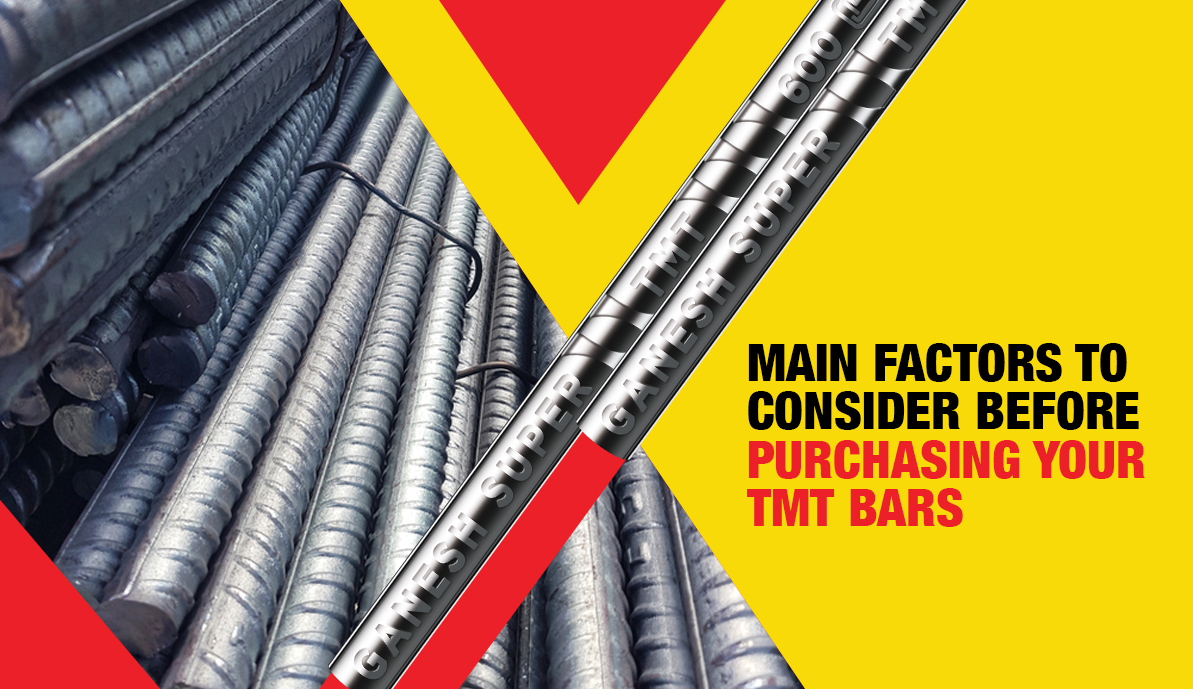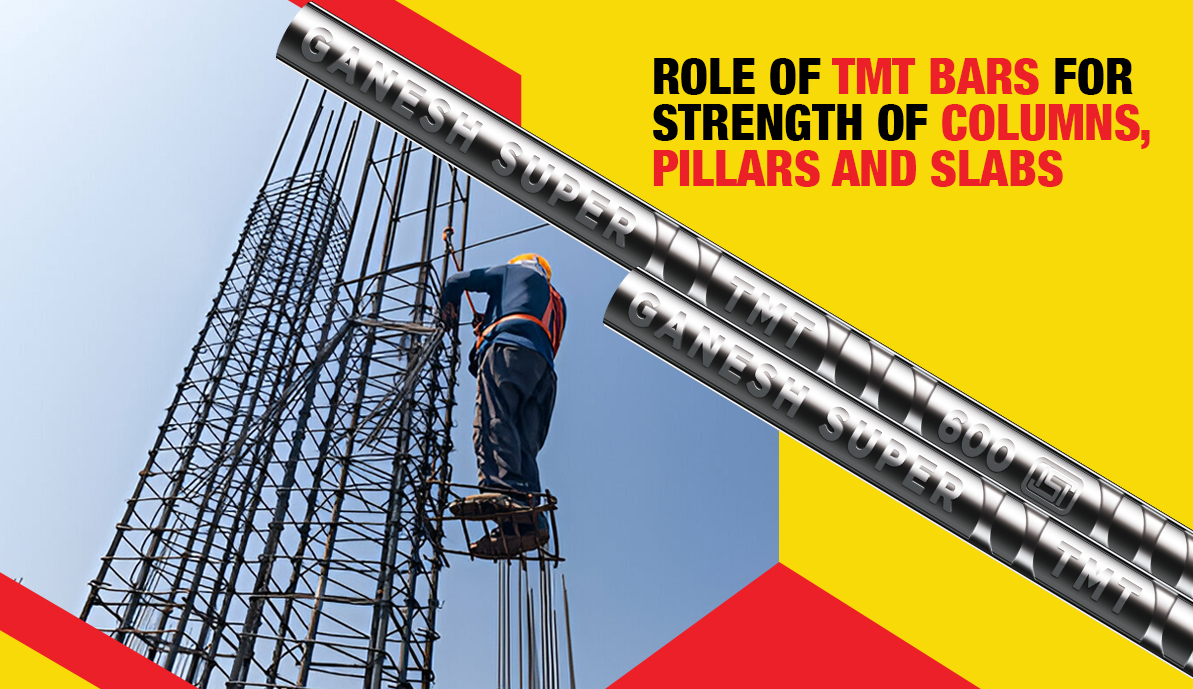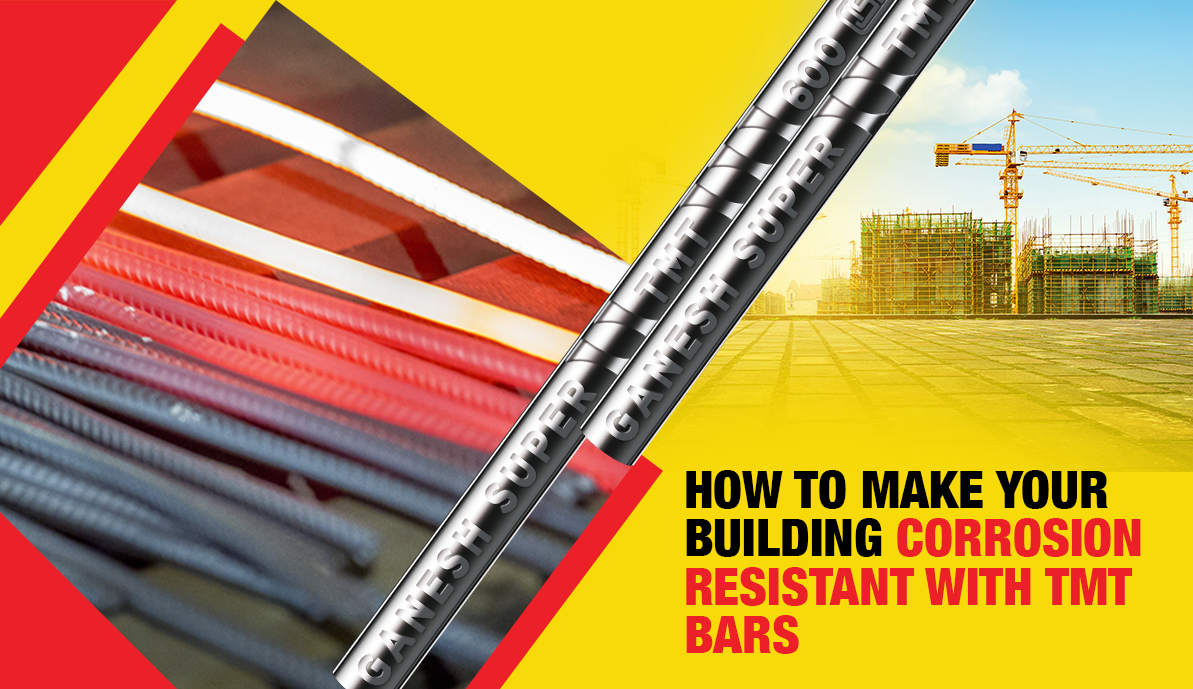In the world of construction, TMT bars (Thermo-Mechanically Treated bars) play a crucial role in ensuring the structural integrity and durability of buildings and infrastructure. TMT bars have become the preferred choice of engineers, architects, and construction professionals due to their superior strength, ductility, and resistance to corrosion. However, behind their outstanding performance lies the intricate art of crafting these bars. The bars undergo specialised heat treatment processes that enhance their strength and ductility, making them suitable for various construction works. Let’s dive deep into the manufacturing process of TMT bars exploring the art of crafting high-quality TMT bars.
The Art of Crafting High-Quality TMT Bars:
TMT bars manufacturers produce high-quality TMT steel bars for reinforcing concrete structures. They provide the necessary strength and reinforcement required to withstand various structural loads. The manufacturing process of TMT bars involves a series of steps that transform raw steel into a product with exceptional mechanical properties. These properties come through a combination of heat treatment and controlled cooling, resulting in a structure comprising a strong outer martensite layer and a ductile inner core.
Selecting Superior Raw Materials:
The foundation of crafting high-quality TMT bars lies in selecting superior quality raw materials. The primary ingredient is steel, which must possess the required composition and purity. It is imperative to ensure that the steel used meets the relevant standards and specifications to guarantee the desired mechanical properties in the final product. Elements such as carbon and manganese content, and trace element concentrations contribute to achieve the optimal balance of strength and ductility.
Melting and Refining Process:
Once the raw materials come together, they undergo a melting and refining process. The TMT saria manufacturers heat the steel in a furnace to its molten state, where impurities are removed through various refining techniques. The techniques, such as desulfurization, degassing, and dephosphorization, eliminate unwanted elements that might adversely impact the properties of the final steel bar product. The refining process ensures that the final steel product is of high purity, crucial for achieving the desired mechanical properties in the TMT bars.
Thermo-Mechanical Treatment:
The hallmark of TMT bars is the thermo-mechanical treatment they undergo. After the refining process, the steel is subjected to intense heat treatment, followed by controlled cooling. The bars are heated to a specific temperature and then rapidly quenched by immersing them in water. This rapid cooling process, also termed as “quenching”, causes the outer surface of the bars to cool down quickly, forming a strong and hard outer layer called martensite. Simultaneously, the inner core cools down at a slower pace, allowing it to acquire ductility. This dual-phase microstructure provides TMT bars with exceptional strength and flexibility.
Controlled Rolling Process:
Once the bars have undergone the thermo-mechanical treatment, they are passed through a series of rollers to achieve the desired shape and dimensions. Through the rolling process, TMT bar suppliers ensure that the TMT bars have a uniform thickness, precise dimensions, and a smooth surface. It requires precise control over parameters such as temperature, speed, and pressure to achieve the desired mechanical properties. Careful monitoring and adjustment during the rolling process are crucial to maintain the integrity and quality of the bars.
Rigorous Quality Testing:
Crafting high-quality TMT bars involves rigorous quality testing at various stages. The bars undergo a battery of tests to ensure that they meet the required standards and possess the desired mechanical properties. Tensile strength tests, bend tests, elongation tests, and corrosion resistance tests are some of the commonly performed assessments. These tests not only verify the bars’ compliance with standards but also validate their ability to withstand varying loads and environmental conditions.
Wrapping It Up
Crafting high-quality TMT bars is a meticulous process that requires a deep understanding of metallurgy, precise control over manufacturing parameters, and adherence to stringent quality standards. From selecting the finest raw materials to implementing state-of-the-art manufacturing techniques, each step contributes to the final product’s strength, durability, and reliability.
The art of crafting high-quality TMT bars combines science, engineering, and craftsmanship to deliver reinforcement materials that ensure the structural integrity of buildings and infrastructure. Ganesh Super TMT bars are made up of high-quality raw materials and undergo a specialised manufacturing process that enhances their mechanical properties, making them the most preferable for various construction applications.





